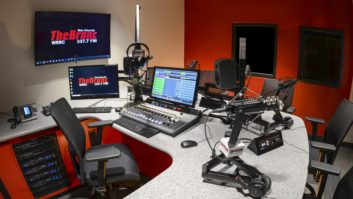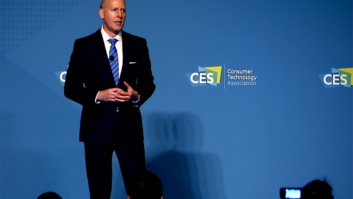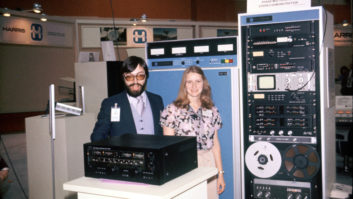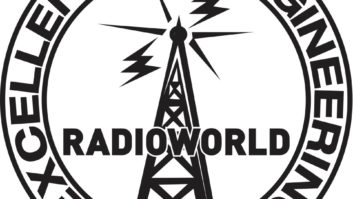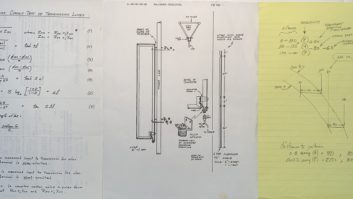I love a good project. Of late, I have been just about inundated with projects, one of which was featured in these pages earlier this year. Since that “ultimate DIY” diplexer job, I’ve had antenna/line replacements, studio moves and infrastructure upgrades underway in several of our Crawford Media Group markets.
Projects are a great break from the routine of day-to-day broadcast engineering work. They give us the opportunity to show our stuff beyond the mundane, oftentimes designing and building out a new transmitter or studio facility, or perhaps creating a widget to deal with a particular need at a station.
Some of the earliest projects I remember in my broadcast engineering career were remote starts for various pieces of equipment.
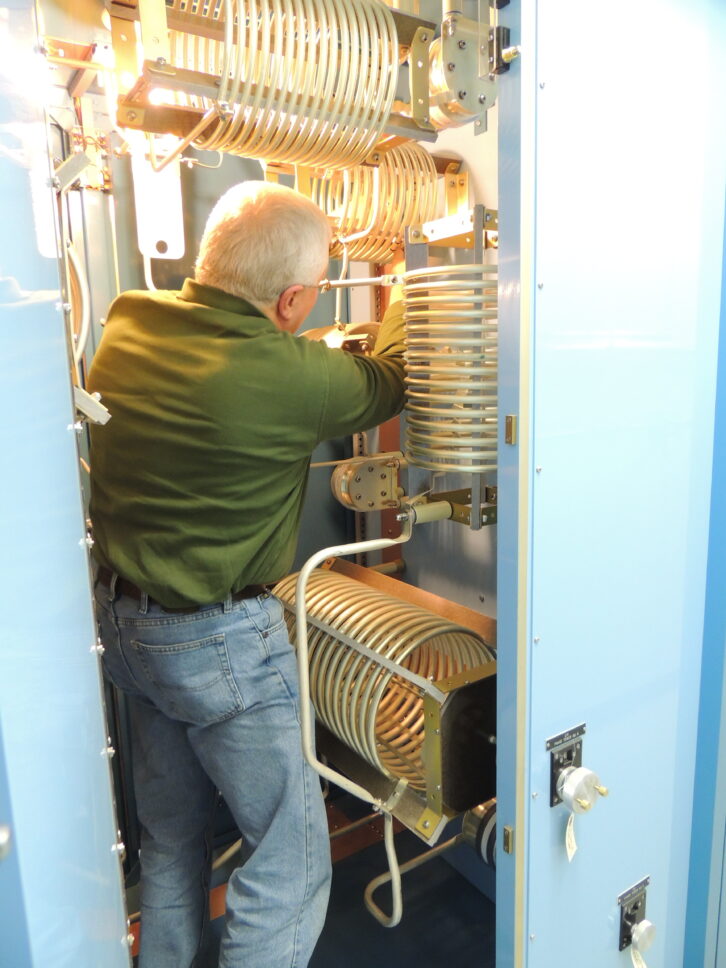
Turntables were always a challenge back in the day. They were started with a push of a top-mounted black-handled toggle switch. The challenge for the jock who was often talking in the mic during a music segue was to get his fingers on that switch and push it without missing and bumping the tone arm!
The fix was to build a box with a pair of latching relays that were actuated by the remote start button below the rotary fader on the board. No more fumbling for the start switch! It was a home run with the air staff.
As the years went by, the projects got bigger. Rebuilding a control room, building out a new tower site, building a studio facility … then in 1980 I was tasked with building the transmitter facility of a new UHF TV station in Dallas. That was a project, and it took me places I’d never been before.
I had to deal with 8-inch transmission lines, steam weirs, steam pipes and copper water lines. There was something disturbing about making a water connection to a PA tube, in this case a klystron, as big as I was. It was even more disturbing when I first turned on the pump and had a leak. I remember thinking that water and a 25 kV beam supply might not be a good mix!
Then I had to build out a master control room, an audio suite and a 2-inch videotape suite for that station. I had worked in those kinds of facilities before and was familiar with the equipment, but I’d never built any of them out, so it was another new experience for me.
A few years later my project was a new five-tower, two-pattern 10 kW AM directional facility. That was a learning experience. I was in over my head from day one, but with the patient direction of our consulting engineer Charlie Gallagher, I got it built, tuned up and proofed. I came away from that project with a lot of new knowledge, and that has paid dividends over the years.
There have been many other projects since, including tower, transmitter and studio builds, and not a few AM directional projects. I’ve enjoyed every one of them.
In more recent years, many of the projects have taken us from analog audio to digital (AES and TDM) to AoIP. Even more recently I have been dragged kicking and screaming into the AES67 world.
[Read the eBook “Great New RF Installs”]
My point with all this is that every project has taught me something — often a lot — and given me new skills that have come into play later in my career. It’s an ongoing process, and one that never ends.
When I passed my checkride and was licensed as a pilot some 41 years ago, I started hearing from others that a pilot’s license is really a “license to learn.” That has been true, and all these decades later I’m still learning. The same is true of a career in broadcast engineering: It’s a license to learn, and learning new things should be a requirement. The SBE’s excellent certification program certainly takes that into account.
I’ve known engineers who got to a certain point and pretty much checked out of learning. Even projects that should have taught them something turned into ordeals to be endured with a lot of help from their friends. In each case, those folks missed an opportunity and really cheated themselves out of some valuable skills. They also lessened their value to their employers and clients in the process.
I hope that our readers don’t miss those opportunities when they come along. Projects are often the best route to new skill sets. They stretch us and boot us out of our comfort zones. They make us think. And when the project is done, we have something to be proud of.
The new issue of RW Engineering Extra features a couple of projects. One is a fun “button box,” a purpose-built device created by Colorado engineer Michael Baldauf. I think many of our readers will find this device useful and easy to build. It definitely has home-run potential for a morning zoo or other creative daypart.
The other project is no DIY undertaking. It’s a 400 kW medium-wave diplex project in Vietnam undertaken by our friends at Kintronic Laboratories. That one makes my 6 kW DIY diplex project of a few months ago look like a church picnic!







